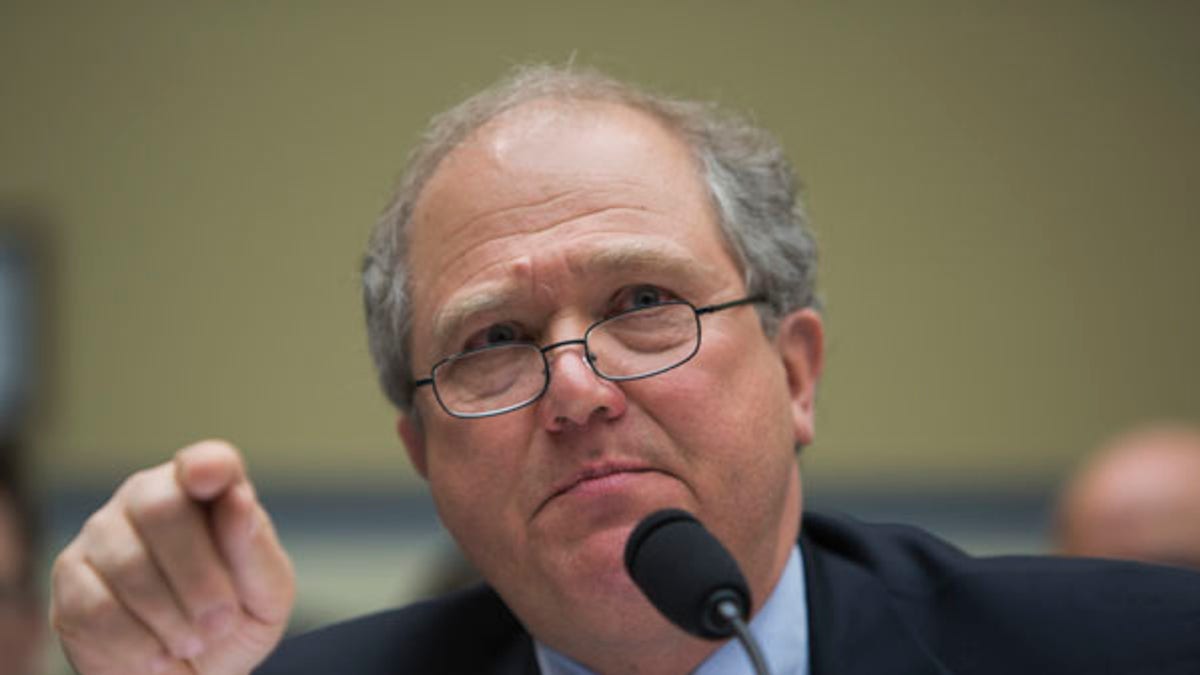
Special Inspector General for Afghanistan Reconstruction John Sopko has shined a spotlight on billions of U.S. tax dollars wasted in the region since taking the position in 2012. (SIGAR HQ)
The U.S. collaborated with Afghan warlords and crooked powerbrokers, lining their pockets with billions of taxpayer dollars and turning a blind eye to systemic corruption in the rebuilding effort that followed a grinding and costly war, a federal watchdog said Wednesday.
Speaking in conjunction with the release of a blistering new report, Special Inspector General for Afghanistan Reconstruction (SIGAR) John Sopko addressed the Carnegie Endowment for International Peace about the astronomical amount of wartime waste expended by U.S. taxpayers.
“Considering that more than 2,300 Americans have died in Afghanistan and that Congress has appropriated nearly $115 billion for Afghanistan reconstruction -- a number that does not include [the estimated $680 billion] spent on U.S. military operations there -- it would be an absolute dereliction of duty not to try to extract lessons from 15 years of struggle,” he said.
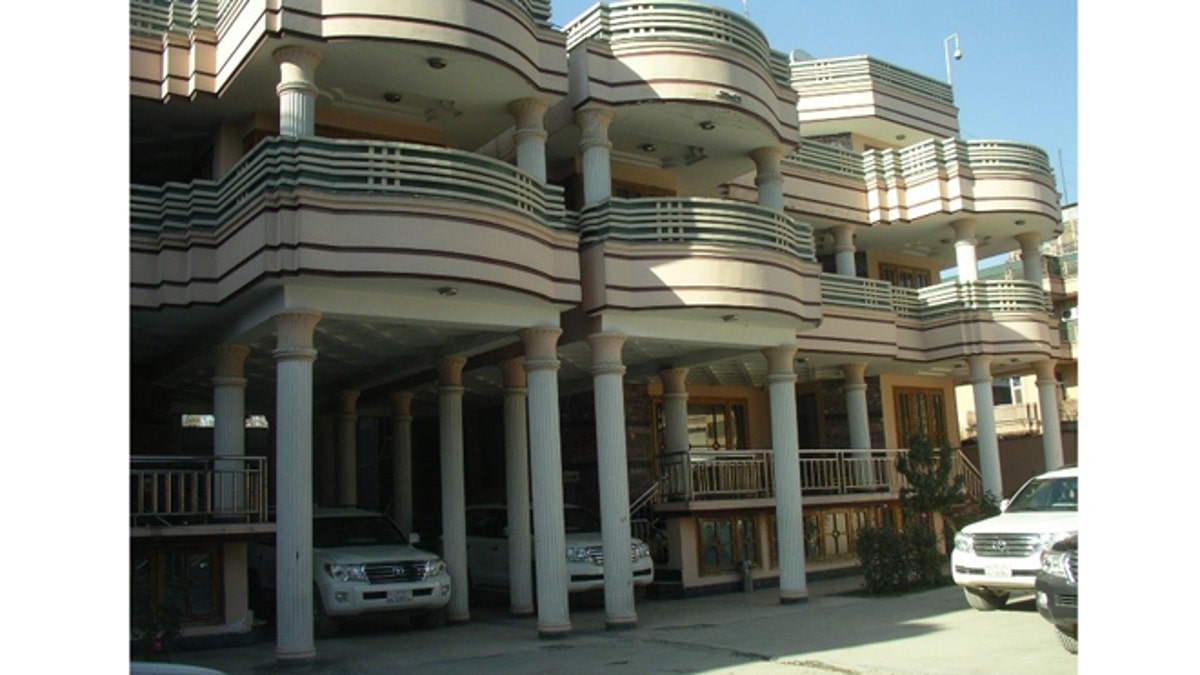
One of the multi-million dollar villas constructed by the Department of Defense's Task Force for Stability and Business Operations (TFBSO) in Afghanistan. (SIGAR)
The findings of his agency’s report, “First Lessons Learned”
include examples of how the United States worked with abusive and corrupt warlords, militia members and other unsavory characters from the region. Such figures were allowed to gain power and positions of authority within the Afghan government, which in turn enabled them to reap millions in aid money pouring into the wartorn nation's fragile economy.
“We need to understand why U.S. and Afghan anticorruption efforts have consistently fallen short of their objectives,” Sopko said. “We need to understand how U.S. policies and practices unintentionally aided and abetted corruption, while fostering the perception among Afghans that the international-assistance effort is itself corrupt.”
Alarmingly, the report determined that U.S. aid on some occasions flowed directly into the hands of the insurgency that was fighting the American-backed government in Kabul.
The inspector general's report determined that policymakers in both nations allowed security and political considerations to trump anti-corruption efforts and safeguarding of U.S. aid funds.
“The U.S. government was forced to choose between maintaining a hard line against corruption or retreating in the face of the realization that fighting corruption would either require even more political capital than anticipated, or be largely futile in the absence of Afghan political will," the report stated. "The U.S. government chose to do the latter.”
Lubricated with a near-limitless supply of American dollars, corruption became entrenched in Afghanistan's courts, army and police, banking and other critical sectors, Sopko said.
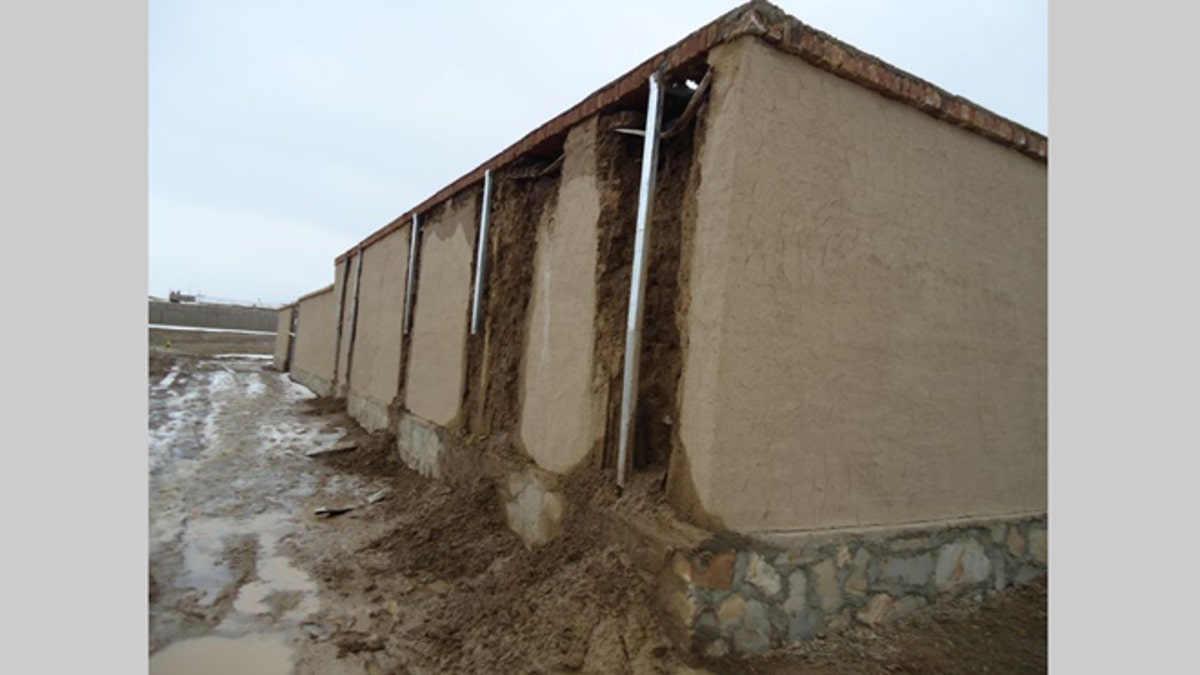
A police training center’s dry fire range (DFR), commissioned by the US government as part of Afghanistan reconstruction efforts, began to disintegrate in less than four months after its completion in 2012. (SIGAR)
The latest findings do not bode well for ongoing reconstruction efforts in Afghanistan.
The office of SIGAR was created by Congress to provide independent and objective oversight of the reconstruction efforts. Audits and investigations from Sopko and his office have uncovered a staggering amount of wasted funding, much of which has been reported by FoxNews.com.
In December 2015, it was reported that $150 million in U.S. tax dollars was spent to build hotel-like "villas" staffed with private security for government employees working in Afghanistan rather than having them live on U.S. military bases at a fraction of the cost. In that same report, it was uncovered that the DOD spent $43 million to build a gas station in Afghanistan that should have cost roughly $500,000.
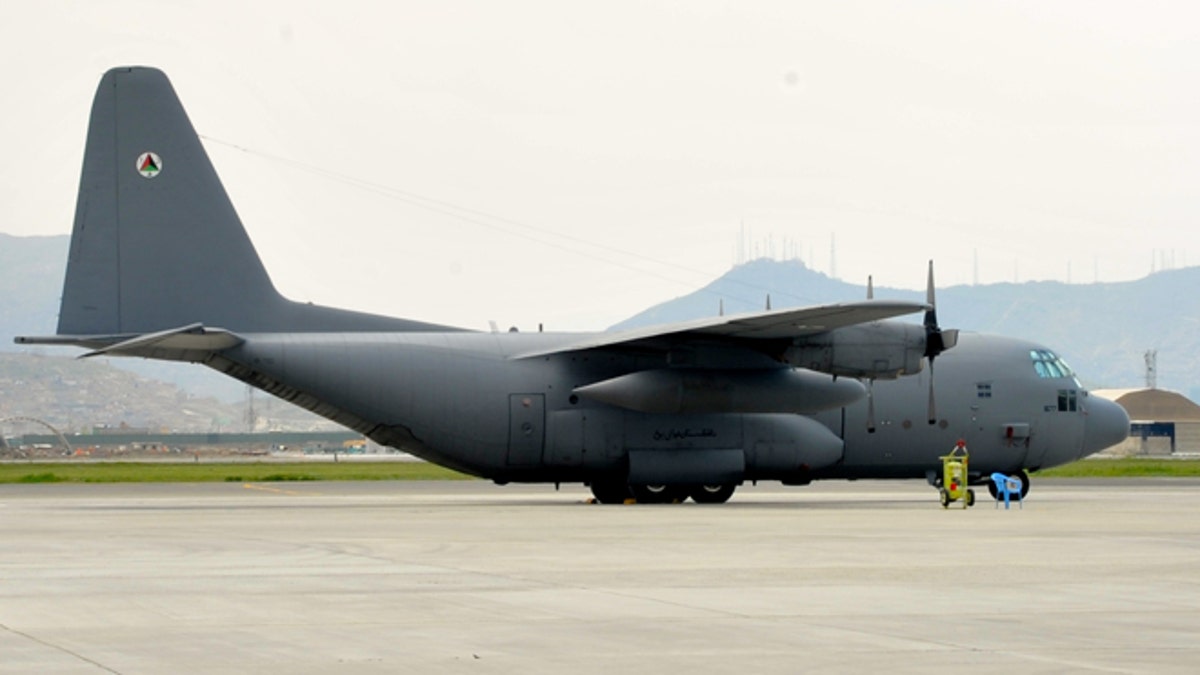
An Afghan Air Force C-130 sits on the flightline at Kabule Air Wing, Kabul International Airport, Kabul Afghanistan. The cargo plane is one of four that were provided to the Afghan Air Force with U.S. tax dollars. (SIGAR)
Eleven months earlier, it was reported that another $500,000 in tax dollars was wasted on an Afghan police training center literally “melted” within four months of being built due to shoddy materials and construction.
"This project was an utter failure and embarrassment to the U.S. government and the American taxpayer still doesn’t know why they paid for it,” Sopko said in a statement to FoxNews.com at the time. “As long as federal agencies fail to take oversight seriously, these sorts of projects and taxpayer dollars will continue to melt away."
Perhaps the most glaring example on wartime waste was in July of 2014 when SIGAR criticized the spending of $34 million to build Camp Leatherneck in the Washir District of Afghanistan, a 64,000-square-foot facility that was never used and sits empty to this day.
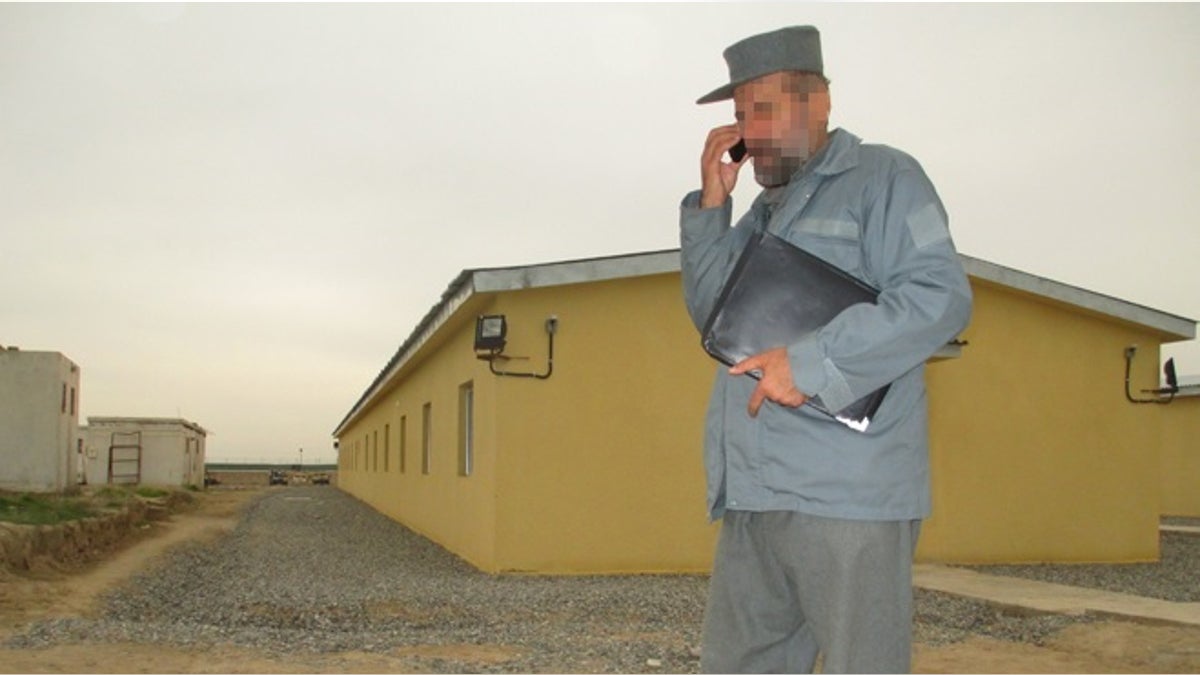
This Afghan army official was stuck with the keys to a new police barracks when the police commander refused to take them because of shoddy construction.
Finally, last December, a SIGAR audit discovered that $5.4 million was wasted in construction at Forward Operating Base Sharana on inoperable incinerators, leaving U.S. soldiers to burn waste and noxious materials in open pits, which led in an increase in illness among service members.
